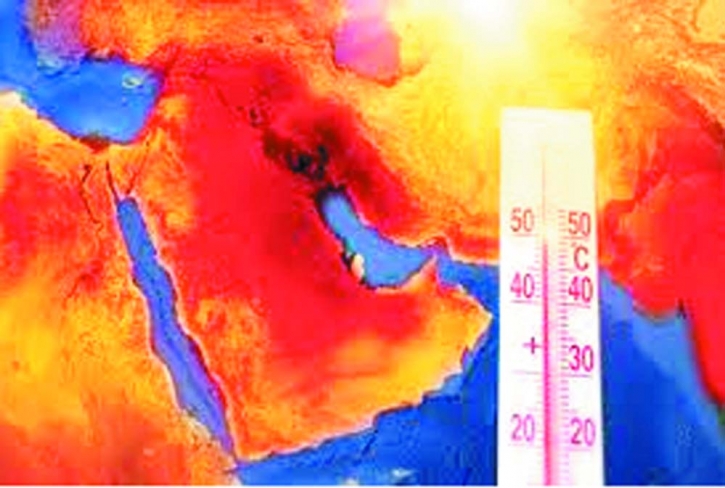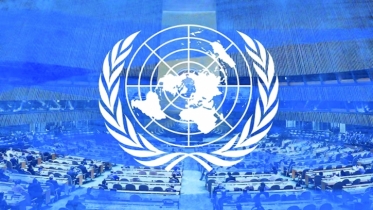
SAT Desk
The capital has been enduring a stint of vicious heatwave for at least two weeks now. The temperature has hit the 40 °C mark a few times already.
You may have been feeling like dry hot sand is being thrown at you, or you are standing before an air-con exhaust fan that exclusively blows hot air. The weather in both April 2023 and 2024 has had this common aspect. This is unlike anything anyone in Bangladesh can recall in recent memory. As part of the greater tropical region, this was, and still is, the case for the rest of especially South- and Southeast Asia too.
The 2023 extreme Asian summer was mainly because of the natural phenomenon known as El Nino Southern Oscillation, ENSO, or simply El Nino. The National Oceanic and Atmospheric Administration (NOAA) in the US says that ENSO has weakened since the beginning of 2024.
The heatwave currently blowing over this region is partially due to the residual effects of ENSO, which should be followed by a period of heavy rainstorms known as La Nina later this year.
However, a closer look will reveal that human-made climate changes exacerbated the 2023/24 ENSO effects if we compare the current episode to the previous ones.
Asia facing the blow, but why exactly
It is because natural meteorological events put Asia in a place where it can only see itself jump from the tropical 'frying pan' to the ENSO 'fire'.SAT Desk
The capital has been enduring a stint of vicious heatwave for at least two weeks now. The temperature has hit the 40 °C mark a few times already.
You may have been feeling like dry hot sand is being thrown at you, or you are standing before an air-con exhaust fan that exclusively blows hot air. The weather in both April 2023 and 2024 has had this common aspect. This is unlike anything anyone in Bangladesh can recall in recent memory. As part of the greater tropical region, this was, and still is, the case for the rest of especially South- and Southeast Asia too.
The 2023 extreme Asian summer was mainly because of the natural phenomenon known as El Nino Southern Oscillation, ENSO, or simply El Nino. The National Oceanic and Atmospheric Administration (NOAA) in the US says that ENSO has weakened since the beginning of 2024.
The heatwave currently blowing over this region is partially due to the residual effects of ENSO, which should be followed by a period of heavy rainstorms known as La Nina later this year.
However, a closer look will reveal that human-made climate changes exacerbated the 2023/24 ENSO effects if we compare the current episode to the previous ones.
Asia facing the blow, but why exactly
It is because natural meteorological events put Asia in a place where it can only see itself jump from the tropical 'frying pan' to the ENSO 'fire'.





































